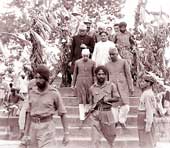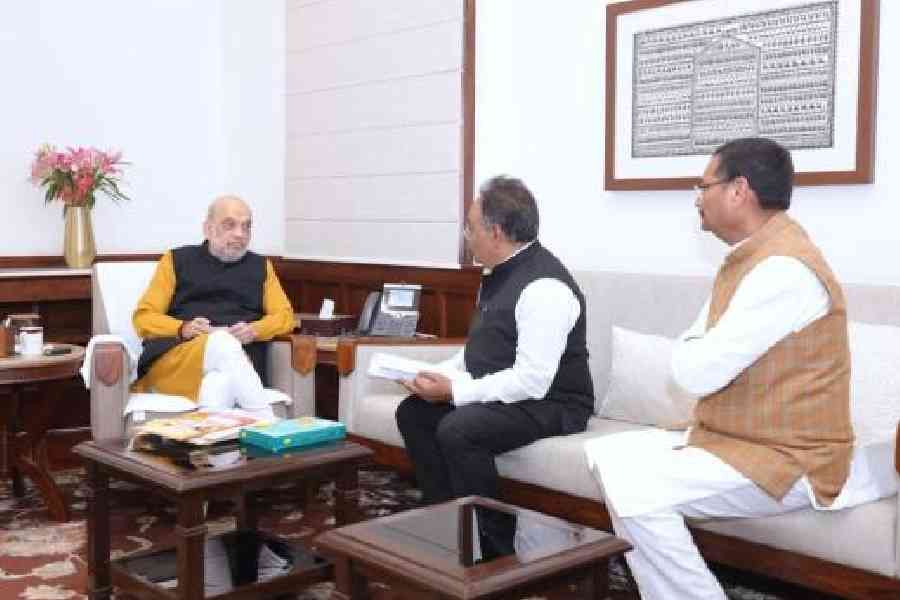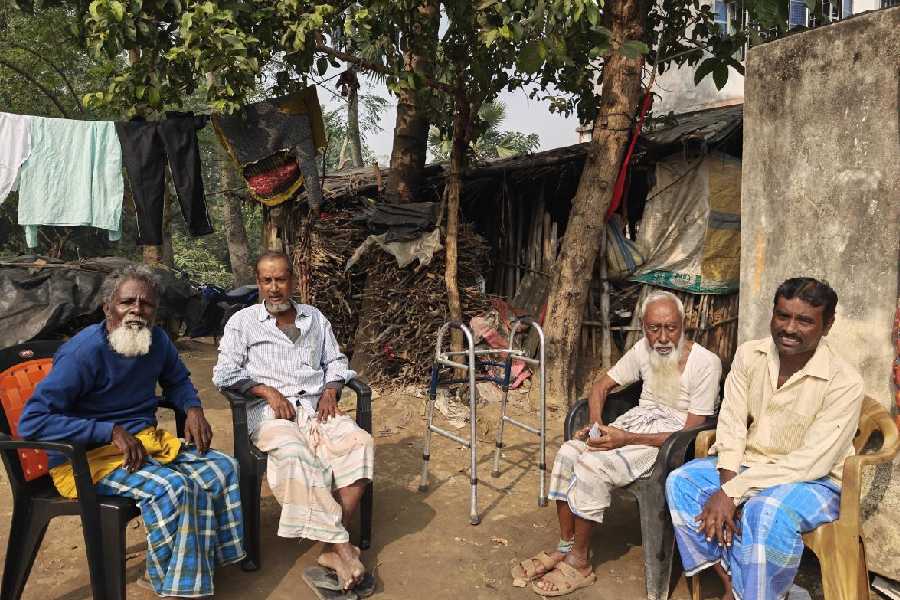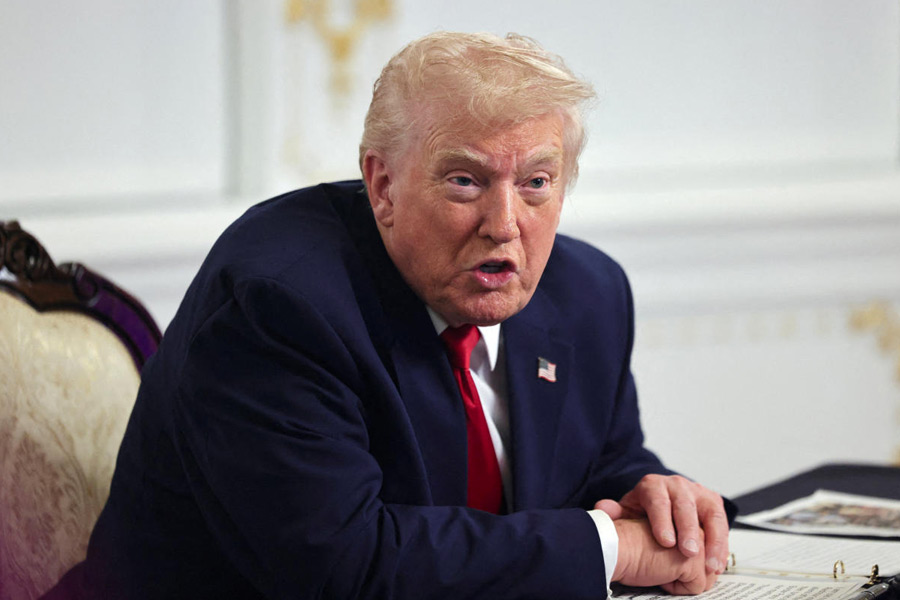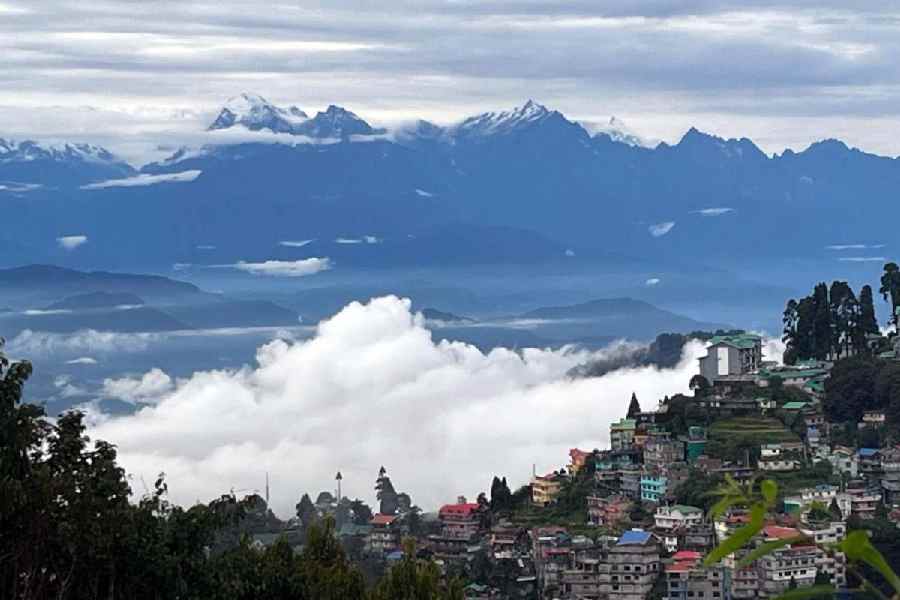|
|
| Sheikh Abdullah with Nehru, Kashmir, 1948 |
If, as this column has argued recently, the Indian republic’s virtue lies in its his- torical achievement in making diversity a democratic virtue, its defects and cruelties spring from that same pluralist nationalism.
Any audit of India’s record as a democracy has to account for the atrocities committed in its name, particularly in its borderlands. Put crudely, the Indian state’s pluralism seems to fail in every state and territory that isn’t predominantly Hindu. The violence inflicted on Kashmir and the north-eastern states, to take just two examples, has been systematic, unremitting and almost colonial in its indifference to civil rights and due process.
The Armed Forces (Special Powers) Act, specially the campaign to have it repealed or amended, has been widely reported in the press. But even if the act were to be unconditionally repealed, there are other laws that empower the state to crush any form of behaviour that it deems secessionist. A good example is the absurdly named Unlawful Activities Prevention Act (1967) which was amended in 2004 to make up for the repeal of the notorious Prevention of Terrorism Act, or Pota.
According to Amnesty International, “the UAPA criminalises, among other things, any act which, including by ‘words, either spoken or written’ is ‘intended, or supports any claim, to bring about, on any ground whatsoever...the secession of a part of the territory of India from the Union’ or which ‘causes or is intended to cause disaffection against India.’ It creates a vaguely defined crime of causing ‘disaffection against India’, which does not even have to be intentional, and may include the exposure of human rights violations or corruption.”
While all states resist secession, the violence that has characterized the Indian republic’s reaction to movements of self-determination in Punjab, Kashmir and the North-east needs a fuller explanation, especially when you consider that till the war with China in 1962, the Indian Constitution allowed citizens to advocate secession.
Part of the explanation lies in the anxieties created by the singular nature of India’s anti-colonial nationalism. Before independence, the all-round badness of the colonial state was the keystone of Congress nationalism. The resolution of every conflict internal to Indian society based on class, caste, community, language was, in nationalist rhetoric, secondary to the main battle of the day, the struggle to free India from colonial rule which damaged all Indians. The Congress avoided the divisive baggage of romantic nationalism by replacing traditional adhesives like blood, soil, culture and faith with a new super-glue: anti-colonialism.
The trouble with anti-colonial nationalism was that it had a sell-by date, which in the case of India was 1947, the year the British left. If anti-colonialism was the ballast that had kept the Congress’s nationalist ark stable, what replaced it when the Raj disappeared? One answer, of course, was the Constitution, the foundational document of the new republic. The Constituent Assembly, to its credit, wrote a charter of pluralist democracy that institutionalized most of the rights and liberties that the Congress had advocated, and created a political framework flexible enough to accommodate the demands that were to be made on the young republic by its bewilderingly heterogenous citizenry.
But the departure of the British and the Partition tore a hole in the heart of Congress nationalism. Central to this nationalist project was a determination to inherit a country whose boundaries had been defined by a completely arbitrary process: colonial conquest. From the Durand Line to the McMahon Line to the notional boundaries of the North-east, the Congress’s nationalism encompassed the Raj. For the Congress, it was an article of belief that every person contained by these colonial borders was part of one nation in the making. The notable thing about 1947 was not Partition, but the fact that the Congress so nearly backed up its breathtaking claim.
A subcontinental nation with inherited borders that refused to invoke a homogenizing essence to justify its nationhood was always going to feel insecure about threats to its territorial integrity. This would have been true even if the Congress had achieved an unpartitioned India. The Raj had made its nationalism cohere by giving it a target: its departure in any circumstance would have left a vacuum behind. But in an India that had suffered the violence of Partition, and in a Congress whose reason for being had been challenged by the creation of Pakistan, a normal statist concern about secure borders flared into an existential anxiety about unity.
Sardar Patel was venerated for his work of territorial consolidation because it addressed this anxiety at a time when the young nation seemed fragile. The same anxiety is evident in Nehru’s determination that the new nation would have two names, not only Bharat but also India. At the moment of de-colonization, Nehru fought to retain the name of the dead colonial state so that his new republic could stand out as the legitimate inheritor of the Raj and its frontiers. The irony wasn’t lost on him, but he was a head of government now, not an agitator, guided by reasons of state.
Again, in the matter of Kashmir, the fear that the new nation and the ideas it embodied would unravel, shaped Indian policy. The one good claim that India had on Kashmir was the fraternal bond between the Congress and Sheikh Abdullah’s National Conference. But the alliance soured because the promised plebiscite on Kashmir’s political future was never held. Historians and partisans will apportion blame, but the main reason Nehru went back on his word was the terrifying possibility that the one Muslim majority state in secular, pluralist India might opt out soon after Partition. Unlike Pakistan, which, true to its founding principle, based its claim to Kashmir on the logic of Partition, India resorted to increasingly furtive political stratagems: a coerced accession signed by an unpopular king, promises of autonomy reneged upon, the years of house arrest suffered by Sheikh Abdullah and then the murderous cycle of military oppression and insurgency.
What the Indian state might have wanted to say in ideological defence of its claim to Kashmir would have gone like this: Kashmir should be a part of India because India is a new kind of nation that holds out the promise of diverse people living together democratically. But just reading the sentence makes it clear why this was unsayable: it reads like a boring good intention without the cachet of ‘self-determination’ or the fine resonance of ‘Muslim homeland’. Minus an ideological justification for India’s claim to Kashmir, India committed itself to sullenly defending an increasingly brutal status quo.
China solved its Tibet ‘problem’ by repopulating it with Han Chinese. It did this without embarrassment because its claim to Tibet was historical and frankly hegemonic. The nature of Indian nationalism and the structures of its constitutional democracy don’t allow ‘solutions’ of this sort. The history of republican India is the history of a state which, when pushed, will recognize every sort of identity — linguistic, tribal even religious — for the sake of pluralist equilibrium and political peace. You can see this happen in the formation of linguistic states, in the creation of a Muslim majority district in Kerala, in the segmentation of the North-east into tiny states. But when it comes to its borders, India is dogmatically, even violently status quoist. It will deface every map that shows Kashmir with its ears missing, it will defend a glacier down to the last soldier, it will go to war with China (and endure humiliating defeat) in defence of a colonial border and it will inflict sickening violence upon insurgent nationalists in the north-eastern states. Every secessionist movement and every disputed border is, for this insecure heir to the Raj, a domino. Committed to the principle that the diversity of the subcontinent can be housed within a democratic state, it will let no one leave home.
To explain this is not to forgive its actions or justify them. To a Kashmiri or a Mizo or a Naga, to anyone who has suffered at the hands of Indian soldiers or policemen, the pluralist compulsions of the Indian state will sound like a sick joke. But for everyone who wants to put an end to the violence, understanding its origins might be one way to begin.

